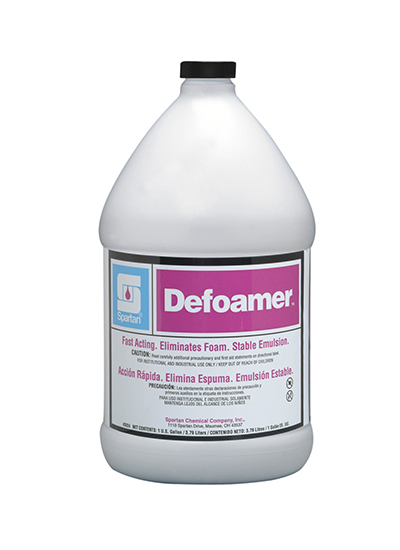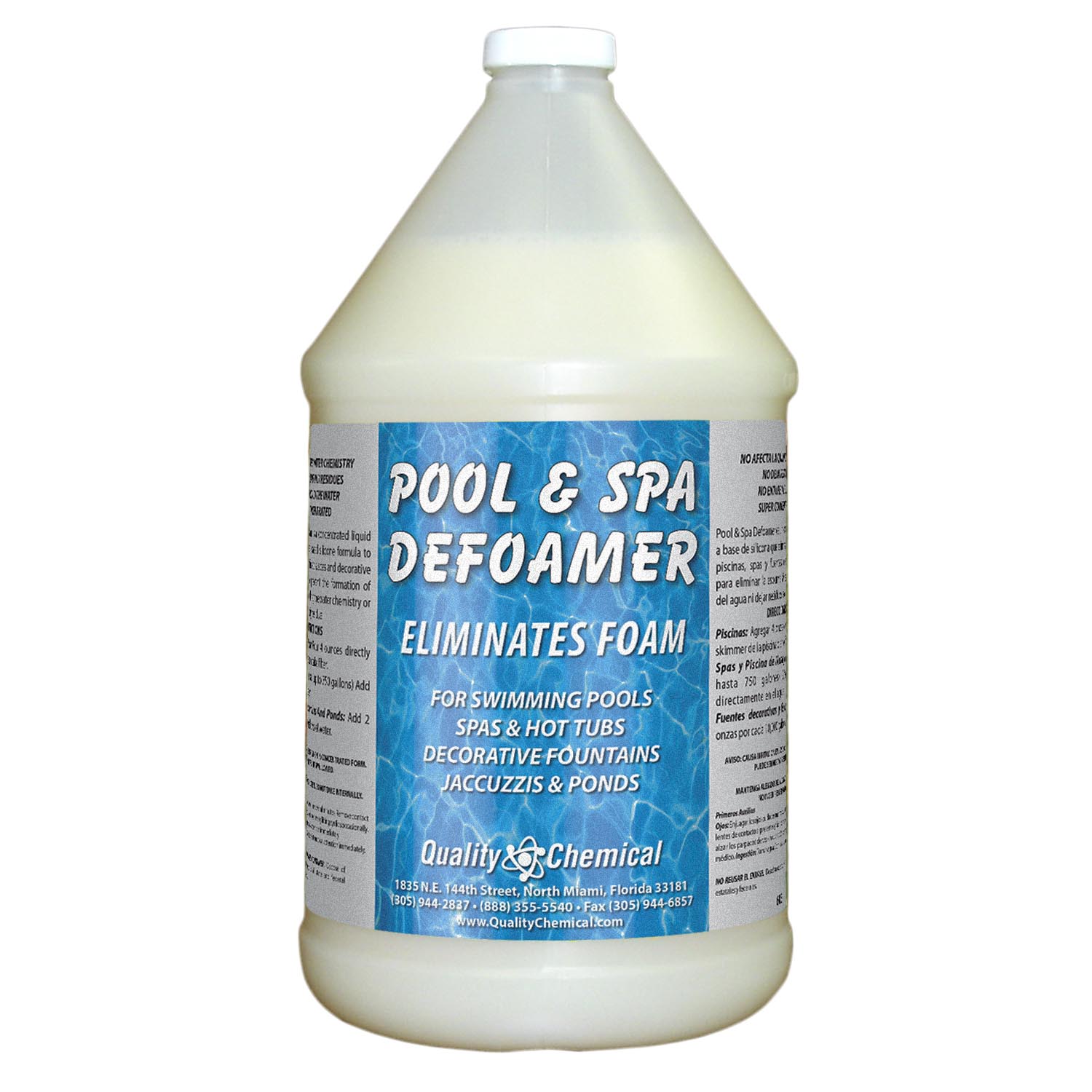Guidelines and Most Effective Methods for Using Chemical Defoamer in Multiple Applications
How a Chemical Defoamer Can Improve Performance in Your Operations and Processes
In today's competitive industrial landscape, operational efficiency is extremely important, and the duty of a chemical defoamer can not be forgotten. By resolving foam-related difficulties that interrupt processes, defoamers not only facilitate smoother procedures yet likewise contribute to cost financial savings and improved product quality.
Understanding Chemical Defoamers
Chemical defoamers play a critical duty in different industrial procedures by successfully minimizing and avoiding foam development. Lathering can lead to functional ineffectiveness, enhanced manufacturing prices, and jeopardized product high quality. Defoamers are specialized chemical ingredients developed to disrupt the security of foam bubbles, thus enabling smoother handling and improved efficiency across numerous markets, including food and drink, pharmaceuticals, and wastewater therapy.

These representatives usually include surfactants, oils, or polymeric compounds that reduced the surface stress of the liquid, assisting in the collapse of foam. The mechanism whereby defoamers operate typically involves the destabilization of foam structures, permitting quicker drainage of fluid and the launch of caught air. Various formulations are tailored to certain applications, taking into account aspects such as compatibility with the system, temperature level, and the nature of the liquid being dealt with.
Understanding the structure and capability of chemical defoamers is important for picking the appropriate product for an offered application. By optimizing defoamer choice based upon procedure requirements, markets can boost functional efficiency, alleviate foam-related obstacles, and ultimately enhance general performance.
Benefits of Using Defoamers
Using defoamers can dramatically enhance operational effectiveness throughout numerous sectors by effectively reducing foam-related problems. The existence of foam can interfere with procedures, leading to enhanced downtime, decreased efficiency, and possible top quality destruction in final result. Defoamers help fight these challenges by damaging down foam frameworks, consequently permitting smoother procedures.
Among the key advantages of making use of defoamers is the decrease of waste and revamp. By decreasing foam development, defoamers boost the uniformity of procedures, making certain that products are made use of efficiently. This not just lowers operational costs but additionally adds to sustainability campaigns by lowering source usage.
Furthermore, defoamers can enhance product quality. In manufacturing setups, too much foam can cause variances in product qualities, impacting customer satisfaction. By regulating foam degrees, defoamers assist maintain the desired physical residential or commercial properties of products.

Applications in Various Industries
The efficiency of defoamers prolongs throughout a variety of industries, where their application addresses particular foam-related obstacles integral to each sector. In the food and beverage market, defoamers are vital for maximizing manufacturing processes, such as developing and milk processing, where excessive foam can hinder flow rates and decrease effectiveness. By reducing foam, these agents improve product high quality and consistency.
In the chemical manufacturing industry, defoamers are utilized in processes like paint production and wastewater therapy. Below, they protect against foam formation that can interfere with mixing and different stages, therefore boosting the total performance and performance of procedures.
In drugs, defoamers play a crucial duty in the formula of liquid medicines, guaranteeing proper dosage and security by regulating foam throughout blending and storage. (Chemical Defoamer)
Additionally, in the agricultural field, defoamers are made use of in chemical formulas to enhance application efficiency and decrease waste.
Picking the Right Defoamer
Selecting the suitable defoamer is essential for achieving optimal efficiency in different applications. The selection procedure must begin with a comprehensive understanding of the specific concerns handy, including the type of foam existing, the processing problems, and the chemical compatibility with various other formulation parts.
Defoamers are created from a range of materials, consisting of silicone, mineral oils, and fatty acids. Recognizing the ideal composition is essential, as various materials show varying effectiveness in varied environments. Silicone-based defoamers are frequently preferred in high-temperature applications due to their stability, while natural defoamers may be extra appropriate for water-based systems.
Additionally, think about the defoamer's impact on the last product. Some formulas can modify the aesthetic or useful homes, making it important to pick a defoamer that meets item requirements without compromising top quality.
Testing is one more critical step in picking a defoamer. Small-scale trials can give valuable understandings right into the defoamer's performance, enabling for changes before full-blown execution. By carefully examining these variables, companies can improve performance and ensure that the defoamer efficiently fulfills their functional needs.
Ideal Practices for Implementation
Executing a defoamer successfully calls for careful planning and adherence to finest methods to optimize its performance. Perform a comprehensive assessment of the particular application and foam qualities. Comprehending the kind and resource of foam will certainly lead the option of one of the most ideal defoamer solution.
Following, develop the optimum dose (Chemical Defoamer). Start with why not try this out a small test to establish the minimal reliable focus, as extreme usage can cause unfavorable effects on item high quality or functional efficiency
Tracking and changing the application technique is critical; make certain that the defoamer is presented at the appropriate factor while doing so for maximum effect, such as during mixing or immediately after foam formation.

Additionally, preserve clear interaction with all relevant workers to make certain consistent application methods and to share insights on performance results.
Verdict
In verdict, the use of chemical defoamers plays an essential function in improving functional effectiveness across diverse anonymous sectors. Ultimately, the consolidation of defoamers right into commercial processes cultivates reliability and contributes to general performance enhancement.

In the food and drink sector, defoamers are important for maximizing production processes, such as developing and milk processing, where too much foam can hinder flow prices and lower efficiency. Silicone-based defoamers are typically preferred in high-temperature applications due to their security, while organic defoamers may be a lot more ideal for water-based systems.